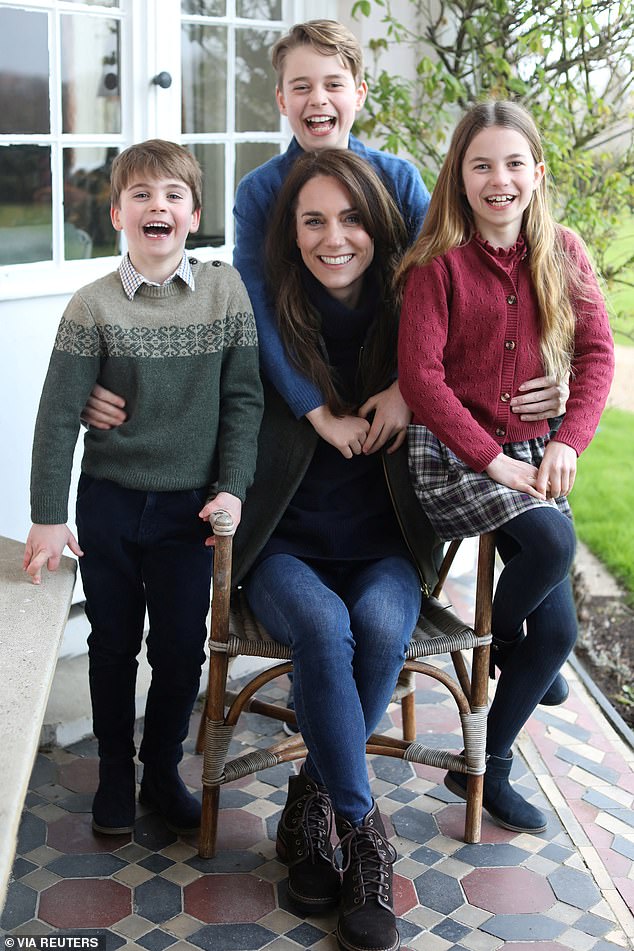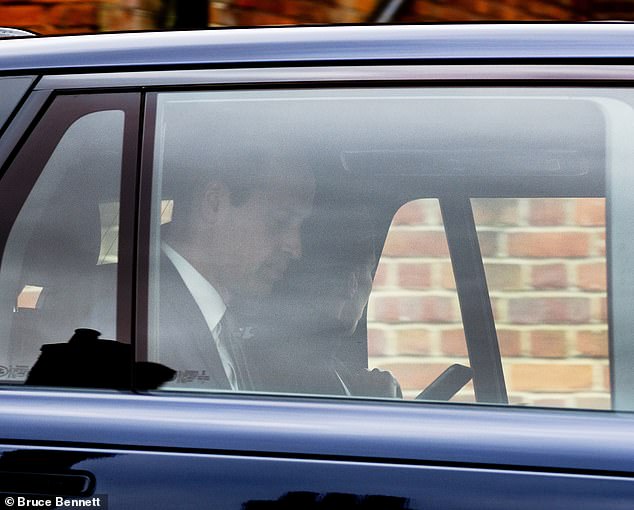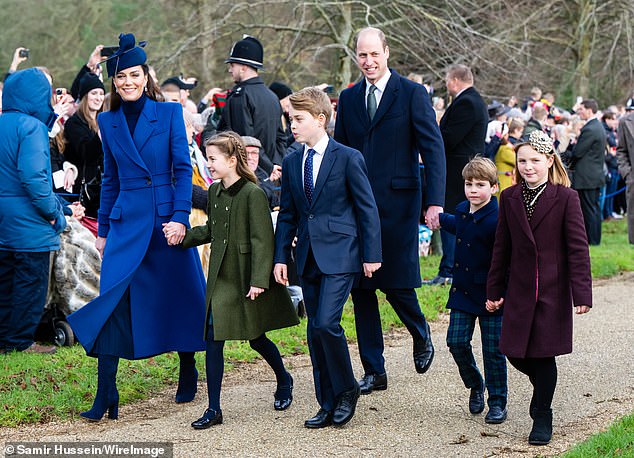The Princess of Wales today revealed she is undergoing preventative chemotherapy following her shock cancer diagnosis.
Chemotherapy uses powerful drugs to attack tumors and is usually given to directly treat cancer or shrink a tumor in preparation for surgery.
As in Kate Middleton’s case, chemotherapy can also be used as a preventative option in hopes of preventing the cancer from recurring.
In a statement released today, Kate, 42, said she was undergoing this type of preventative chemotherapy. She started treatment at the end of February.
Your browser does not support iframes.
At the time, it was believed that the reason for Kate’s surgery was not cancer.
Today she said subsequent tests revealed the presence of cancer.
Kate was then advised to undergo preventative chemotherapy and described herself as being in the “early stages” of this treatment.
Preventative chemotherapy, also called adjuvant chemotherapy, aims to prevent cancer from recurring once the main tumor has been removed from the body.
Cancer can spread to other parts of the body, a process called metastasis, in which tiny cancer cells break away from the main tumor and take root elsewhere.
These “new” cancers can be difficult to detect, so doctors who specialize in treating cancer, called oncologists, often advise patients to undergo preventative chemotherapy to eliminate any remaining traces of the disease.
Preventive chemotherapy is most often given as an intravenous infusion or tablets, which are then carried throughout the body through the bloodstream.
Depending on the type, chemotherapy can be administered either in the hospital or at the patient’s home.
There are more than 100 types of chemotherapy drugs, but they all work the same way and circulate in the blood.
The drugs are cytotoxic, that is, they are toxic to cells, particularly those that divide rapidly.
As cancer cells divide more than healthy cells, they are more affected by chemotherapy, hence its use as a treatment for the disease.
However, other types of fast-growing cells, such as hair, bone marrow, skin, and the lining of the digestive system, are also damaged in the process.
This causes some of the famous side effects of chemotherapy, such as hair loss or thinning, fatigue, easier bruising and bleeding, increased risk of infection, diarrhea or constipation, nausea or vomiting, skin rashes and much more.
Often, a patient receiving chemotherapy will also take other medications designed to help alleviate or combat some of these symptoms.
The specific dosage and type of chemotherapy used varies depending on the type of cancer.

The Princess of Wales with her children in her Mother’s Day portrait, which now takes on added significance given her diagnosis.


The Prince and Princess of Wales were seen together last week as William attended the Commonwealth Service at Westminster Abbey.


The Princess of Wales said her family (pictured together on December 25) “need time, space and privacy while I complete my treatment”.


Catherine, Princess of Wales, attends the opening of Evelina London’s new children’s day surgery unit on December 5.
The effectiveness of preventive chemotherapy varies greatly from patient to patient.
Factors that affect its success include the specific type of cancer, when it was initially treated, the patient’s age, and whether they have other health problems.
Kate’s specific type of cancer has not been revealed.
Around 375,000 cases of cancer are detected each year in the UK, and 167,000 patients also die from the disease each year.
Survival rates vary greatly depending on the type of cancer. Overall, 50 percent of cancer patients will be alive 10 years after their diagnosis.


